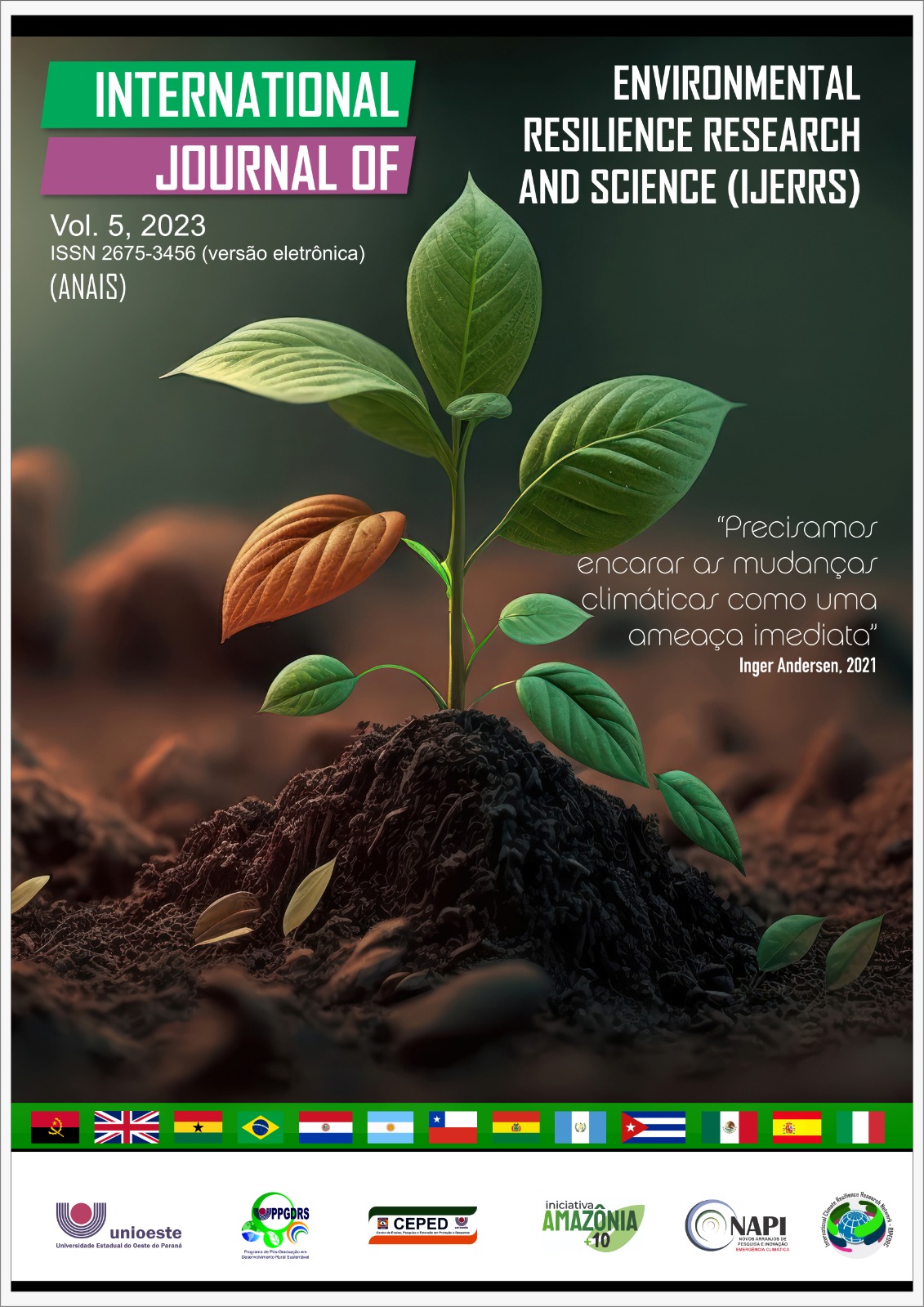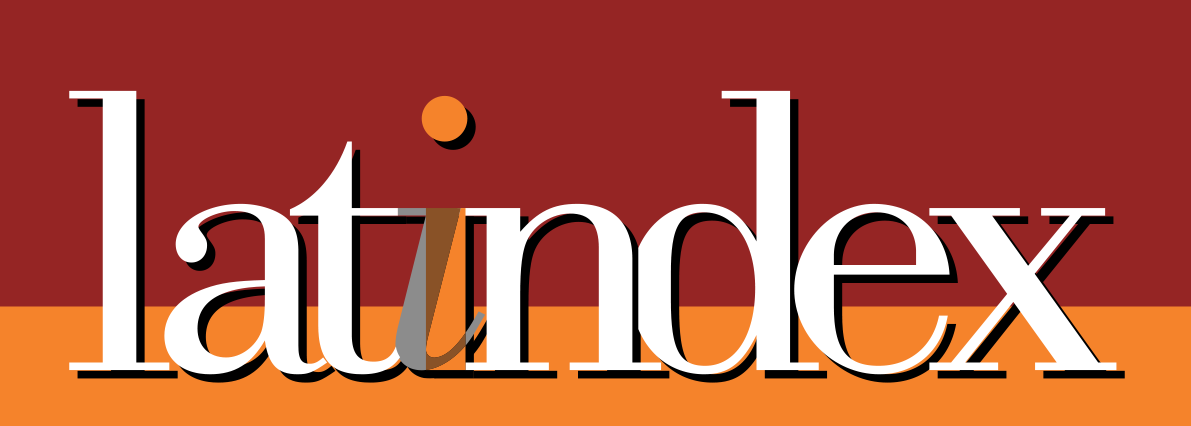Protocolo de Avaliação Rápida das Condições Ambientais do Riacho das Antas, Corpo Receptor dos Efluentes da Estação de Tratamento de Esgoto (Ete Norte) da Cidade de Cascavel-Pr
RAPID ASSESSMENT PROTOCOL OF ENVIRONMENTAL CONDITIONS OF RIACHO DAS ANTAS, RECEIVING BODY OF EFFLUENTS FROM THE SEWAGE TREATMENT STATION (ETE NORTE) OF THE CITY OF CASCAVEL-PR
DOI:
https://doi.org/10.48075/ijerrs.v5i3.32381Abstract
Sewage treatment plants (STPs) play a crucial role in the management of effluent waste and sustainable management. The main role of these stations is to remove substances present in sewage, before returning them to rivers. When not adequately treated, these effluents can alter the properties of water and biota, contributing to eutrophication, toxicity, and environmental homogeneity. Rapid assessment protocols can help measure these possible impacts. The objective of the study was to characterize the Antas River, the receiving body for effluents from the city of Cascavel-PR. Results show that the Antas River is an impacted area, with constructions close to its stretch, signs of erosion and changes in the riverbed. Measures that increase effluent purification, in addition to the restoration of marginal vegetation, are recommended to improve conditions and local management
Downloads
Published
How to Cite
Issue
Section
License
Copyright (c) 2023 International Journal of Environmental Resilience Research and Science

This work is licensed under a Creative Commons Attribution-NonCommercial-ShareAlike 4.0 International License.
Aviso de Direito Autoral Creative Commons
Política para Periódicos de Acesso Livre
Autores que publicam nesta revista concordam com os seguintes termos:
1. Autores mantém os direitos autorais e concedem à revista o direito de primeira publicação, com o trabalho simultaneamente licenciado sob a Licença Creative Commons Attribution que permite o compartilhamento do trabalho com reconhecimento da autoria e publicação inicial nesta revista.2. Autores têm autorização para assumir contratos adicionais separadamente, para distribuição não-exclusiva da versão do trabalho publicada nesta revista (ex.: publicar em repositório institucional ou como capítulo de livro), com reconhecimento de autoria e publicação inicial nesta revista.
3. Autores têm permissão e são estimulados a publicar e distribuir seu trabalho online (ex.: em repositórios institucionais ou na sua página pessoal) a qualquer ponto antes ou durante o processo editorial, já que isso pode gerar alterações produtivas, bem como aumentar o impacto e a citação do trabalho publicado (Veja O Efeito do Acesso Livre).
Licença Creative Commons
Esta obra está licenciada com uma Licença Creative Commons Atribuição-NãoComercial-CompartilhaIgual 4.0 Internacional, o que permite compartilhar, copiar, distribuir, exibir, reproduzir, a totalidade ou partes desde que não tenha objetivo comercial e sejam citados os autores e a fonte.









